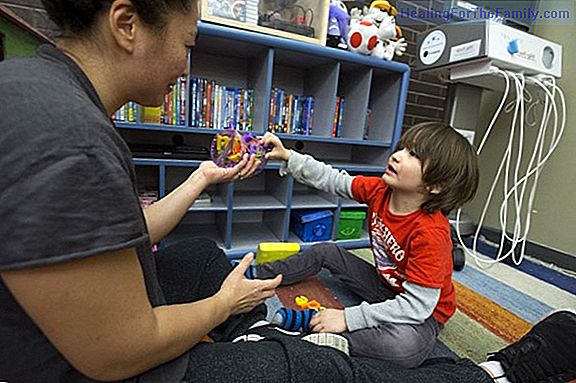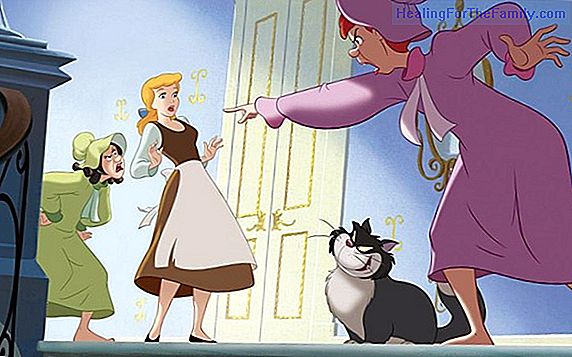Why children have to have temper tantrums
When we talk about childhood tantrums, usually, we usually do it from the negative perspective of them. We are used to seeing information and advice to calm them, avoid them or manage them, but we are rarely told that there are important reasons behind child tantrums that make them necessary. Do you
When we talk about childhood tantrums, usually, we usually do it from the negative perspective of them. We are used to seeing information and advice to calm them, avoid them or manage them, but we are rarely told that there are important reasons behind child tantrums that make them necessary. Do you know why it is important for a child to have tantrums?
The positive side of children having tantrums

It is known that from the age of 2 the children enter a phase of systematic opposition and stubbornness. It is precisely at this age that the dreaded tantrums begin, when parents quickly seek techniques to prevent them from occurring. However, rather than seeking remedies to avoid or avoid them, we should begin by understanding why they occur and see them as an opportunity to emotionally educate our children, so that they understand the limits and develop the social skills they will need in the not too distant future.
Child tantrums are normal, necessary and indicative of the correct development of our children between 2 and 5 years. At this age it is quite normal for children to have tantrums. While it is true that we should treat them differently according to the age level of each child, at these ages by themselves the tantrums are not indicative of any disorder.
Temper tantrums according to the age of the children
- A 2 year old child with tantrums is a child in full training and development of his self, of his personality that explores his limits and those of others.
- Between 2 and 4 years old children begin a stage where they need autonomy and independence to explore and understand the world around them. It is this growing need for autonomy that will generate a multitude of situations in which the child feels frustrated. On other occasions we will see that he needs to vindicate himself, to express his needs, his tastes or lack of appetite, hence the many negatives and the non-systematic to everything during this stage.
At this age, the development of expressive and sympathetic language is another factor that determines the appearance of tantrums. During this period children still do not have the capacity to express in words everything they want or need. But he also does not understand everything we tell them in the same way that an adult does. They are not able to tolerate frustration and find it difficult to understand that they can not always have what they want. Nor are they able to verbalize what they want, so the result is the ideal formula for tantrum, tantrum or tantrum to take place. Parents or reference adults should take advantage of these occasions to put words to their emotions and help them in their progress.
What children learn with tantrums
- After a tantrum the child understands the limits, although this does not mean he keeps trying them again and again.
- After the tantrums there is the development of an essential social skill: to know how to say no, to express their displeasure, frustration or discomfort. It is we, the parents, who have the duty to teach them little by little, to name their feelings and emotions by helping them to develop their emotional intelligence.












